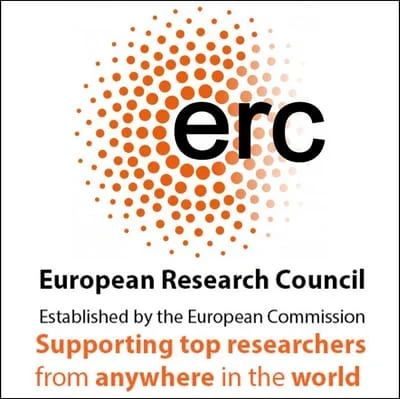Principal Investigator – European Research Council Advanced (2021-2026)

Description: Regeneration of musculoskeletal tissues requires engineered grafts that mimic the heterogeneous and anisotropic structure and mechanics of the native tissue. Despite decades of research, existing regenerative strategies have failed to produce tissues mimicking this exquisite structural complexity, dramatically limiting their clinical utility. Clues to addressing this grand challenge can be found in normal tissue development, which relies upon both the self-organizing potential of stem cells as well as key physical instructions from the microenvironment to establish final tissue architectures. Recognising this, the goal of 4D-BOUNDARIES is to leverage emerging 3D bioprinting technologies to provide precise physical boundary conditions and spatially localised morphogens to self-organizing cells and cellular aggregates to engineer structurally anisotropic and mechanically functional musculoskeletal tissues. To realise this goal, 4D-BOUNDARIES will build upon applicant’s extensive expertise in bioprinting and bioink development to produce two new biofabrication platforms that provide temporary guiding structures to self-organizing tissues. To demonstrate the utility of these bioprinting platforms they will be used to engineer, for the first time, patient-specific cartilage and meniscal grafts that mimic the internal and external anatomy and anisotropic mechanical properties of the native tissues. The ability to bioprint such functional tissues will transform the field of orthopaedic medicine, providing grafts to biologically resurface large areas of damaged articular cartilage and meniscus and thereby prevent the development of osteoarthritis – a debilitating disease affecting millions of people worldwide. The impact of 4D-BUNDARAIRES will not be limited to the orthopaedic space, as it is envisioned that these new bioprinting platforms will find numerous applications in tissue engineering and regenerative medicine. Collaborators: Prof Pieter Brama (University College Dublin) Funded by: European Research Council.